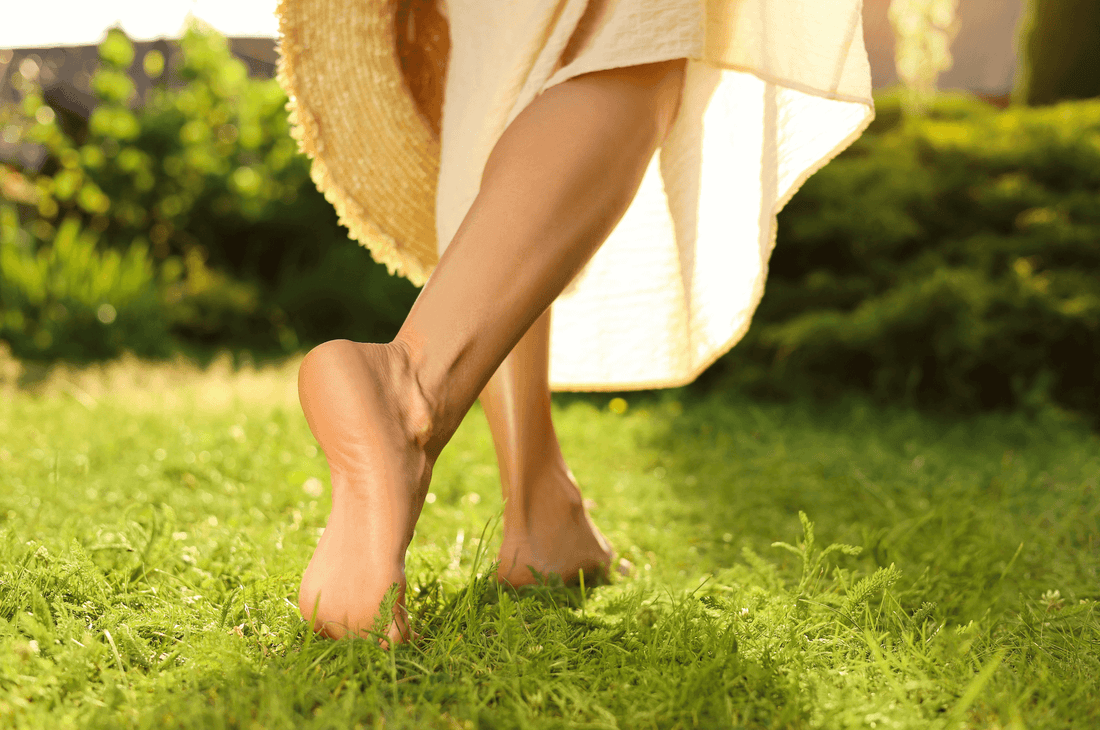
Surprising Health Benefits of Grounding
James McWhinneyThe practice of grounding, also known as earthing, has caught the interest of both wellness communities and researchers. But how does this simple, age-old practice stand up to modern scientific research?
The Science Behind Earthing
Whether you’re walking barefoot on the beach or resting on the grass, you might notice an immediate sense of calm. There’s a reason for that. Scientists have been looking into how direct contact with the Earth might bring actual health benefits. When your skin touches the Earth, you're doing more than making physical contact—you’re connecting with its natural electric energy.
How the Earthing Process Works
The human body relies on electrical signals to function—our cells communicate through tiny electric impulses. Grounding allows electrons from the Earth to transfer into the body through contact with natural surfaces. It works similarly to how electrical systems are grounded to release excess energy safely.
The Origins of Grounding and Why It Matters
Humans have spent most of history connected to the Earth by walking barefoot or using natural materials. But modern life, with rubber soles and synthetic flooring, has reduced this connection. Clint Ober helped reintroduce the concept in the 1990s, questioning what it meant to live disconnected from the Earth’s electrical field. His ideas led to research comparing how grounding works in both electrical systems and human physiology.
What Happens When You Practice Grounding
Receiving electrons from the Earth may help reduce harmful free radicals in the body. These unstable molecules are known to contribute to inflammation and cellular damage. Some studies suggest grounding could help regulate the nervous and hormonal systems, which may explain why it can have noticeable effects on health.
Why Grounding is Considered Important
Grounding may lower inflammation by reducing extra positive charge in the body. It might also improve sleep, support better blood flow, and help with energy levels. Just like grounding is necessary in buildings for electrical safety, our bodies may benefit from a similar stabilizing effect.
How to Practice Grounding Daily
- Walk barefoot on natural surfaces like soil, sand, or grass for at least 30 minutes a day. This is the most direct and simple way to ground yourself.
- Use grounding sheets or mats while sleeping. These connect to your home’s ground port and can simulate outdoor grounding.
- Take short barefoot breaks during your workday. Even a few minutes outside can help you reconnect.
- Do some gardening with your bare hands. Skin-to-earth contact while planting or digging can be grounding too.
- Pair grounding with breathing or mindfulness exercises outside to help you feel more centered.
- If barefoot walking isn’t practical, opt for shoes with leather soles, which conduct better than rubber or plastic ones.
Many people report better sleep, more energy, and a calmer mood after making grounding a regular habit. While it’s not a cure-all, it’s a simple practice that fits well with a natural health routine.
A Step Toward Better Health
With rising levels of stress, chronic inflammation, and digital overload, grounding offers a return to something basic and beneficial. It reminds us that health isn’t just internal—it’s shaped by the environment around us. So the next time you’re outdoors, consider kicking off your shoes. That small step might just be the start of something powerful for your body and mind.










